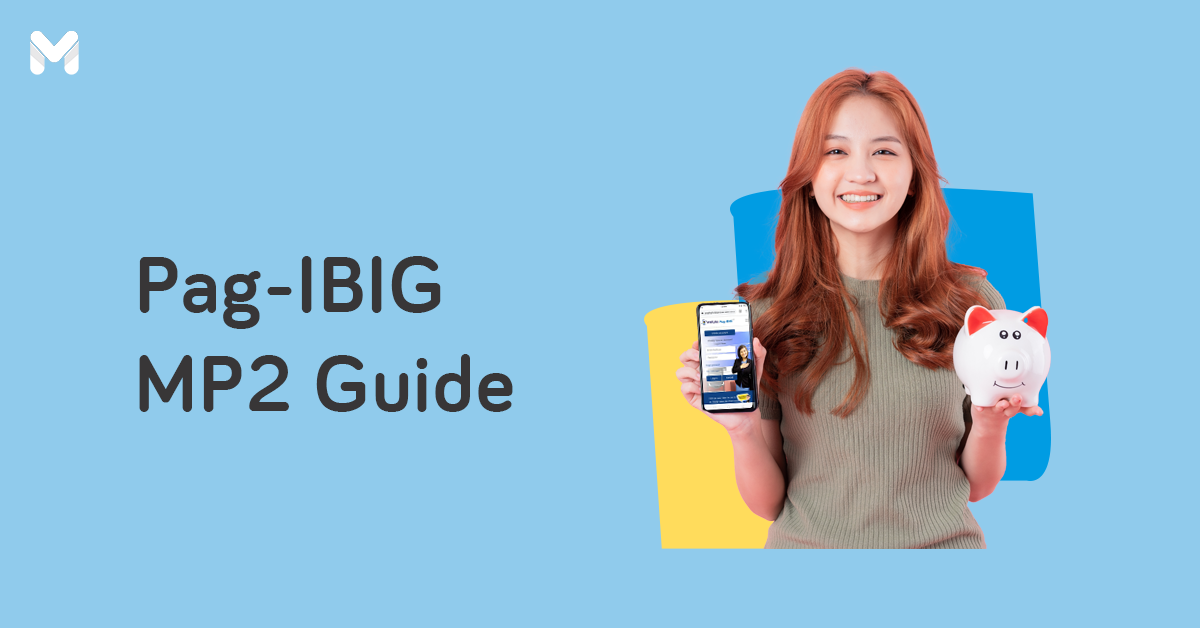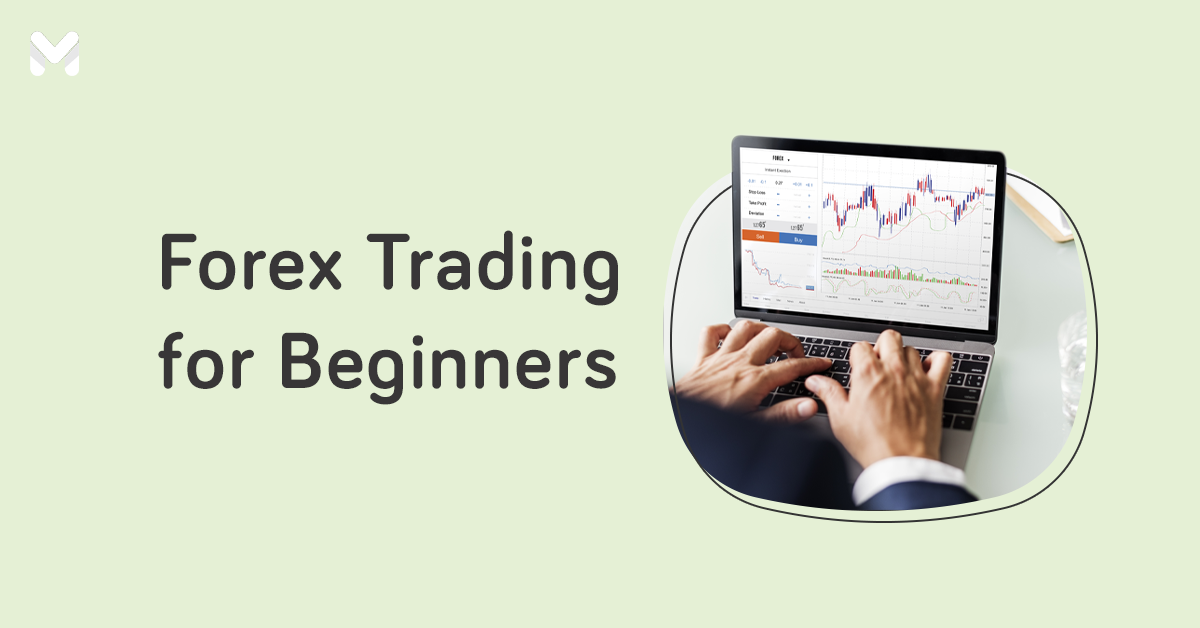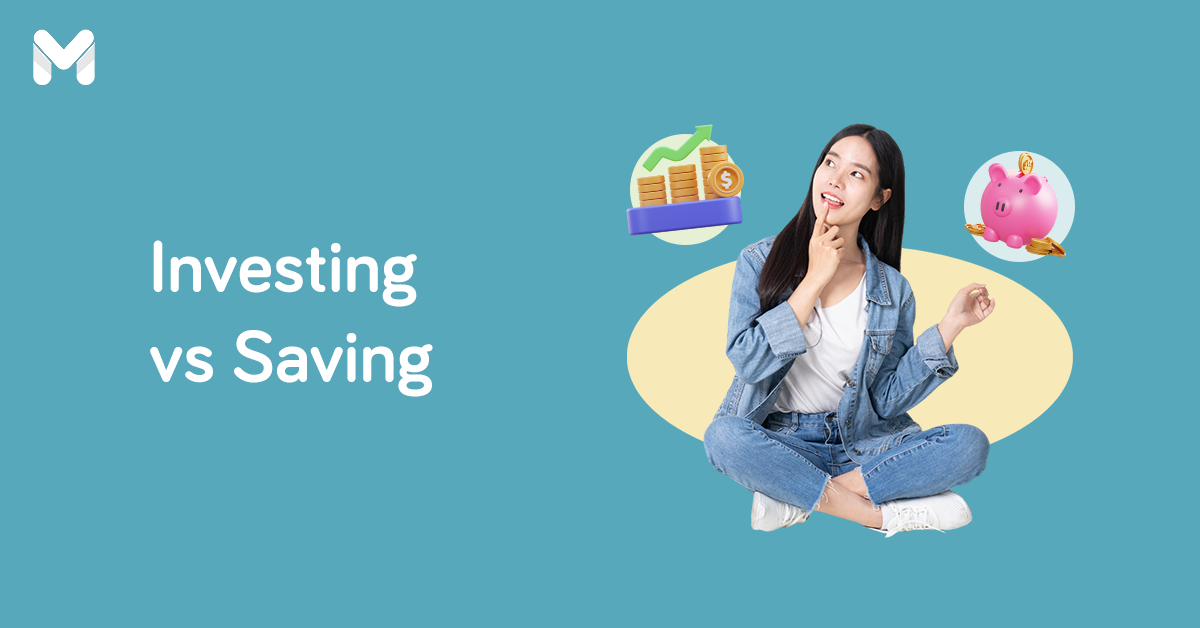When you hear the word "risk," you might immediately think of thrills and excitement. But for some people, it spells fear, anxiety, or discomfort—that can be said about investing.
Everyone has a risk appetite and risk tolerance that dictate their investment choices and decisions. Fortunately, there are suitable investments for every risk appetite.
What are the Main Risks of Investing?
All investments come with risks. Before you make any investment decisions, know the risks associated with investments to protect your money.
Here are the main risks of investing to take note of:
- Price risk - The price of an investment product could drop, which means the investment value could also drop. This risk varies on the investment yield, changing investor moods, and the supply and demand for the investment.
- Market risk - Also known as market volatility, market risk is the sharp increase or decrease in the market because of changing investor moods. A positive mood can increase investment prices, while a negative mood can cause them to drop.
- Concentration risk - If you have just one or two types of investment, you have a concentrated portfolio. It means you’ll have no other investments that can compensate for your losses when your investments perform poorly.
Related reading:
- Invest Early to Build Wealth: This is Why Investing is So Important
- Picking Investments and Diversifying Your Portfolio
What is Investment Risk Appetite?
In financial terms, risk appetite is the maximum amount of risk an investor is ready to take to achieve their objectives. Risk pertains to the chance that the outcome won’t present the expected return or yield, including the possibility of losing a portion or all of your original investment.
How Do You Determine Risk Appetite?
-2.png?width=674&height=449&name=Pics%20for%20blog%20-%20600x400%20(4)-2.png)
Your age, income, investment objectives, and answers to essential investment questions can help determine your risk appetite.
To find out your investment risk appetite, know these things first:
- How much money you’ll invest
- How much money you’re willing to lose
- How worried you’ll be if market shares drop significantly
- Whether you’ll be tracking your investment every day
- How willing you are to explore and invest in other types of investments
Note: You may also answer this online questionnaire[2] to know your risk appetite.
3 Factors That Influence an Investor's Risk Appetite
1. Age
Age factors into your risk appetite. If you’re 25 years old, you have around 40 years until retirement. Because of the long time horizon, you can invest in riskier vehicles to earn higher potential returns.
Moreover, you have a longer time to wait out bear markets, which usually last an average of 18 months. A bear market is when a market experiences prolonged price declines. It typically describes a condition where securities prices fall 20% or more from recent highs amid widespread pessimism and negative investor sentiment.[3]
A longer investing horizon gives you enough time to ride out bear markets.
However, if you’re 55 years old with only a decade until retirement, you have to be more careful with your investments because there’s less time for your finances to recover in case of loss. You’ll need money that’s available at any time. So it’s best to invest in more conservative or moderate-risk vehicles such as money market funds and bond funds.
2. Income
If you’re earning more, you have a higher disposable income. This means you can afford to be more aggressive with your investments and take on more significant risks.
Related: Where Can I Invest My 1,000 Pesos? 9 Affordable Investments to Consider
3. Investment Objectives
It’s essential to know why you’re investing, when you plan to get your money, and how long you need it to last. As such, investment objectives for your retirement differ from saving for an overseas trip, a new gadget, or making a down payment for your home.
Read more: Investment vs Savings: Where Should I Put My Money?
What is the Difference Between Risk Appetite and Risk Tolerance?
The two terms are often used interchangeably, but they’re quite different. As mentioned, risk appetite is the amount of risk you’re willing to accept to meet your investment goals.
In contrast, risk tolerance is the practical application of risk appetite and considers the degree of variability you’re willing to bear in terms of returns.[1] In short, risk tolerance is the amount of risk you can afford to take.
Types of Risk Tolerance
-3.png?width=674&height=449&name=Pics%20for%20blog%20-%20600x400%20(3)-3.png)
Before making any financial investment, determine your attitude toward risk. Taking on too much risk can cause you to overthink, panic, and sell at the wrong time. On the other hand, if you don’t take on enough risk, the returns may disappoint you because they don’t meet your objectives.
Here are the types of investors based on risk:
Conservative
You’re conservative when you’re averse to the idea of losing your hard-earned money, even if it means lower gains.
According to Moritz Gastl, former Moneymax Managing Director, being risk-averse is a positive thing.
“Risk-averse is when you're aware of the challenges you may face, for example, if your loan defaults or you pay back your debt too late. It just means generally being informed about the financial decision you're making,” he said.
If you can imagine yourself immediately withdrawing your investment after losing a few thousand pesos, then low risk investments in the Philippines such as money market funds and bond funds are ideal.
Money market funds include bank deposit accounts, time deposits, certificates of deposits (CDs), and fixed-income government and corporate instruments, while bond funds include corporate or government bonds.
Read more: What You Should Know About Green Investments in the Philippines
Moderately Aggressive
If you’re a moderately aggressive investor, you’re looking for a higher return on investment (ROI) and willing to expose yourself to moderate risk or minimal volatility.
Your preference is capital preservation or stability with some modest income. But you’re ready to put your money in investments with the potential for growth in the medium term.
Moderately aggressive investments include balanced funds made up of both conservative and high-risk investments—a mix of bonds and stocks.
Aggressive
Investors who fall into the aggressive category are willing to take on relatively high exposure to risk and accept lower returns for a higher degree of stability or liquidity. Instead of creating income streams or a safety net for their finances, they focus on capital appreciation.
So what is the best investment in the Philippines for a risk taker? Moritz has this to say:
“If you really want to invest in the stock market, you’re better off investing in companies that you know. Companies that are well-known, companies that you understand what their actual business is.
“In the Philippines, it would be the blue chips, which are Ayala, SM, and Aboitiz, among others. I’m not necessarily recommending investing in them individually. It’s very important that you—if it’s your first-time investment―invest in companies that you know. You need to understand how they make money. You believe that in the long run, these companies are going to do better than they currently do.”
What are the Three High-Risk Investments?
-1.png?width=674&height=449&name=Pics%20for%20blog%20-%20600x400%20(5)-1.png)
Any investment that brings high returns may also bring high losses. Some of the highest-risk investments are cryptocurrency, equity funds, and individual stocks.
Cryptocurrency is very volatile, with currency prices increasing and then dropping unpredictably. Compared to other types of investments, there’s not much oversight. The crypto market is also predominantly unregulated.
Meanwhile, the price of equity funds is affected by the performance of the fund’s individual holdings, increasing its risk. Factors such as company earnings, management, future product prospects, and related news affect the value of the company’s stock. Volatility, or the fluctuation in the price of a stock, makes equity funds high-risk investments.
Lastly, individual stocks give you ownership shares in public companies. But share prices are affected by the company’s value and performance, market fluctuations, and many other factors. You can turn a profit if you sell your stock for more than what you paid or lose some or all your money if share prices drop.
Final Thoughts
Now that you know the best investments for every risk appetite, make sure your investment options match your risk tolerance.
Whether they’re safety investments or low-risk, high-return investments, know how much you can afford to lose. This way, there will be no unpleasant surprises. You can better prepare your finances for adverse outcomes.
As your life situation changes, your risk appetite and risk tolerance will also change. Monitor your investment portfolio over time to see if it’s still suited to your goals. Find opportunities to take on more calculated risks or identify exposure to unnecessary risks so you can adjust your investment portfolio accordingly.
Sources:
- [1] Know Your Risk Appetite (Unit Investment Trust Fund)
- [2] Bear Market Guide (Investopedia, 2022)
- [3] Defining Risk Appetite and Tolerance (Department of Finance, Australia)
DISCLAIMER: The opinions expressed by the writer are theirs alone, and do not reflect the opinions of Moneymax and/or its affiliates or any employee thereof. Neither Moneymax or its affiliates are responsible for the accuracy of any of the information supplied by the guest writer. The opinions expressed in this blog are for general informational purposes only and are intended to provide education about the financial industry.
Nothing in this blog constitutes investment or financial advice or any recommendation that any security, portfolio of securities, investment product, transaction or investment strategy is suitable for any specific person. This material does not take into account your personal circumstances, finances, goals and/or objectives; all of which are unique to you. Readers must make an independent decision regarding investments or strategies mentioned on this blog or elsewhere on www.moneymax.ph. We strongly consider seeking advice from your own financial or investment adviser before taking any action. We do not make any representation or warranty as to the accuracy, completeness or correctness of the information set out in this article.










